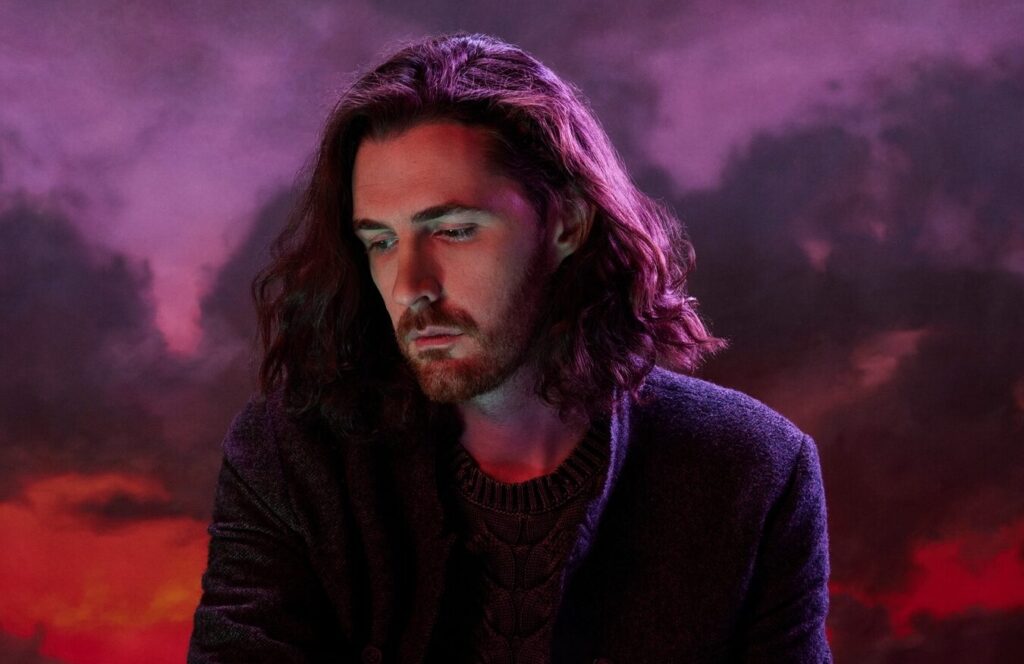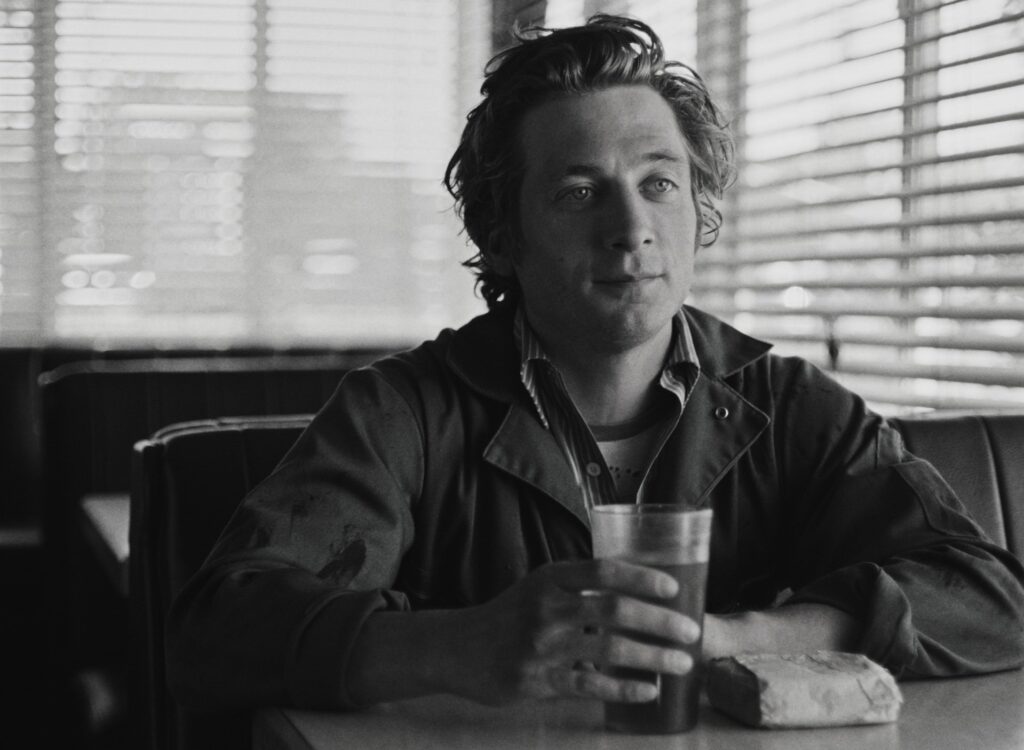“The last trip that we did there was very profound because I sat on the land and I felt that I had a relationship with it,” filmmaker Nicole Ma says.
“I’d been there and seen it in so many different forms. This time it was dry, like the first time we went out there. I just sat there and meditated and it was an amazing feeling to feel connected to a place like that.”
As Putuparri and the Rainmakers screens, the striking image of the red dirt, stripped back landscape and gradient sunset fill the screen. This is the land that Nicole built a relationship and one that Tom Lawford (Putuparri) and the Walmajarri Wangkajunga tribe have had for a lifetime.
The resultant film wasn’t what she first thought it would be, and after a failed pitch to the elders of the community her first filming venture arose from meeting with Tom’s grandfather Spider Snell.
The film trip of course was a visit to Spider and Tom’s country, the sacred watering hole of Kurtal near where Spider and his people had lived a nomadic life for many years until Europeans arrived and forced the Aboriginal people off their land.
When times were hard the tribe would always return to Kurtal, one of the most important waterholes in the Great Sandy Desert, where underground artisan water ‘jila’ (living water) comes to the surface and where their people return to when they die.
This trip served as the cultural awakening for Tom, but Nicole didn’t realise the significance of the trip or location until later on.
“The first time we went I just thought I was going into the desert, I was very naïve about what was going,” she says.
“I thought it was wonderful that it was a great experience and not many people are invited in to see a sacred waterhole, I understood that that was unusual and very special.”
Over the years, Nicole soon became a “piece of furniture” and was able to witness many dances (in particular the “raindance”), ceremonies and intimate moments all that she captured on film.
“I’m a filmmaker so I just really enjoy observing,” Nicole says.
“Once they thought I was okay I could get right in there with them. I was right there and I felt more, if I hadn’t had a camera I think I would have been like the audience and not involved.
“Because they wanted me to film the ceremony or the dance I’d sit right in the middle of the singers and film. So I felt more part of it if I was actually in the audience.”
One such dance Nicole was lucky to witness several times, was the dance of the rainmaker, something Spider and the tribe were hoping to pass on to the younger generations of Tom and others.
As well as being welcomed into the traditional cultural practices, Nicole was welcomed into Tom’s life. He shared the tale of his darker times with alcohol, abuse and the struggle he experienced with his heritage and the modern day.
As Tom puts it early on in the film: “Depending on how I’m feeling it’s either a shit hole or the best place in the world.” Though these thoughts are early on, and it’s certain that his feelings change as the years pass and his connection to his ancestors and culture strengthens.
“People who live the way that Tom does trying to access traditional law and culture while trying to live in the modern world is complicated,” she says.
“My main goal was to be able to have the audience emphasize with the character, and the community and symphasize with what they have to go through and what they have gone through to get where they are today.”
For those who want to ask Nicole questions about the film, she will be at the screening at GPAC at 7.30pm, September 12 for a Q&A, otherwise please visit the website for more information, and of course, head along to the screening.
Website: putuparriandtherainmakers.com
Written by Amanda Sherring
When & Where: Melbourne International Film Festival Screening at GPAC, Geelong – September 11-12 and Regent Theatres, Ballarat – September 18-20
Recommended

SummerSalt Festival is bringing global superstar Hozier to Torquay in 2024

Slipknot will headline Knotfest Australia in 2025

Critically acclaimed film 'Fremont' set to hit cinemas in Australia and New Zealand

Get your game on at Timezone: Claim a $20 bonus voucher now

Melbourne’s beloved rock music venue Bendigo Hotel to close its doors after 14 years
